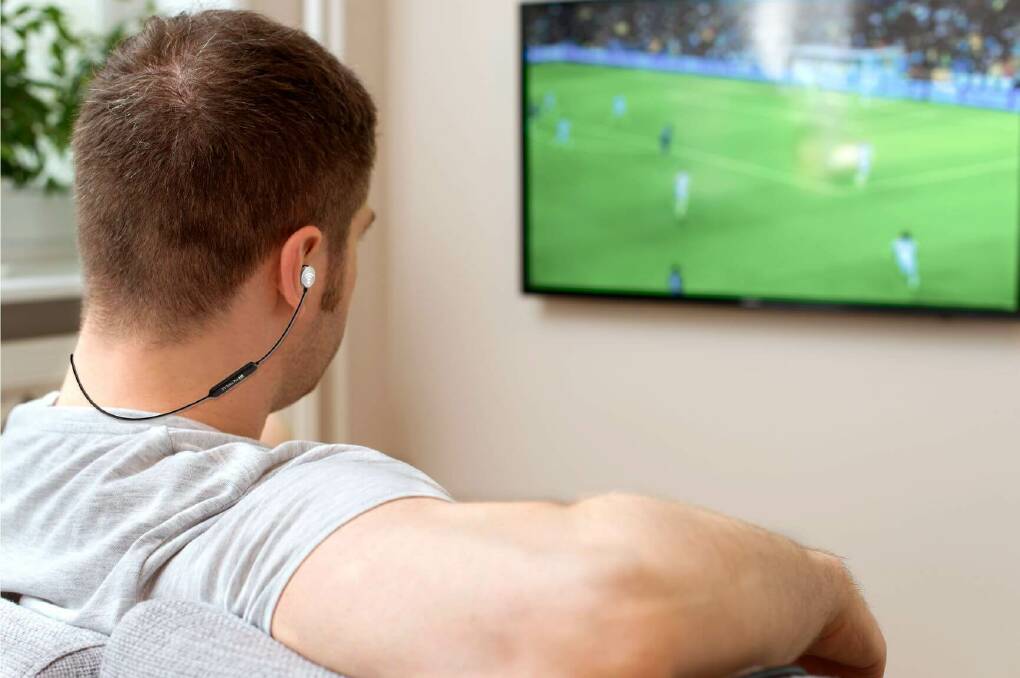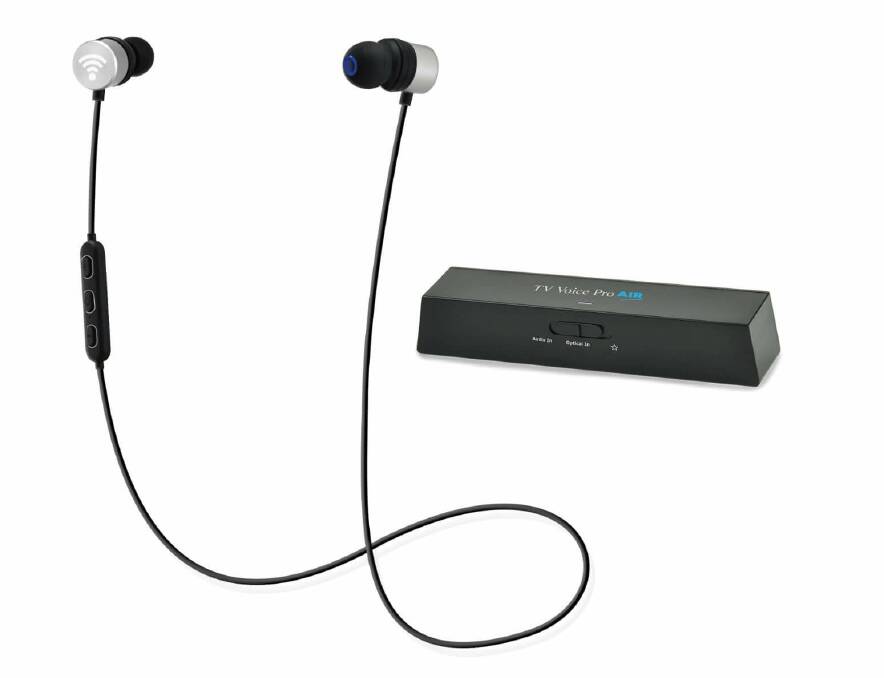TV audio clarity and TV hearing aids
This is sponsored content from TV Voice Pro.

If you're often struggling to hear the dialogue from your favourite TV programs, it may not be just your hearing that needs checking. Although hearing loss is a common cause of needing to turn up the TV volume for better hearing, even those with a pair of quality hearing aids often report difficulty hearing their TV audio clearly.
Checking your TV audio settings
There are many factors at play that can affect your TV listening experience. Upgrading to a new TV with better speakers doesn't always solve the problem, and sometimes a quick check of your TV sound settings may be a better first step to take.
All TVs have access to a sound or audio setting from within the TV menu. Usually you then have access to an equalizer, where you can select the treble or bass settings manually. For an improvement in hearing the consonants of speech, or if you have any level of high frequency hearing loss, this usually means increasing the treble and reducing the bass slightly to improve the clarity of speech audio from the TV.
Another option is to change the sound format setting from "Surround Sound' to 'Mono'. This will reduce some of the interference from the sound effects and background noise from within the TV program that can often mask the clarity of TV dialogue.
Hearing aid wearers and TV audio
Many with hearing loss who wear hearing aids often ask why they still struggle to hear TV audio with their hearing aids in. An important consideration to remember is that most hearing aids are picking up sound they receive from the air.
This means that the quality of the audio first must be produced well from the TV speakers, and then the sound must travel through the air to your hearing aid's microphones before the sound is processed by the hearing aid microchip. Given these factors, you must consider the quality of your TV speakers, and also consider the distance you sit from your TV.
A further consideration is whether you have a lot of hard, reflective surfaces in your living room, or TV room. If you do have a lot of hard surfaces in the room, with little sound absorptive materials like rugs and curtains, this can cause further distortion to TV audio and further hinder your TV listening experience.
Assistive TV listening devices for hearing loss
If you are still at a loss to improve your TV audio clarity, then it may be better to consider an excellent assistive listening device for the TV.

Wireless TV earphones that connect to your TV with a simple transmitter is the key to overcome all of the above problems. A wireless system means that the sound no longer has to be produced by your TV speakers at all, instead the transmitter taps in directly to your TV audio via the digital audio-out ports at the back of the TV. This solves the problem of distance and sound decay.
If you have hearing loss, a better option is to select wireless earphones which also have inbuilt speech clarification.
In Australia, the wireless TV Voice Pro systems have been specifically designed for those with hearing loss, and work to clarify TV audio. The system incorporates simple to use wireless earphones, but is built as a TV Hearing Aid.
The transmitter can be connected in just a few minutes to any TV. Wearers use the individual volume control on the wireless earphones to adjust the volume to their preferred listening level. The regular TV audio for others in the room remains unaffected.


